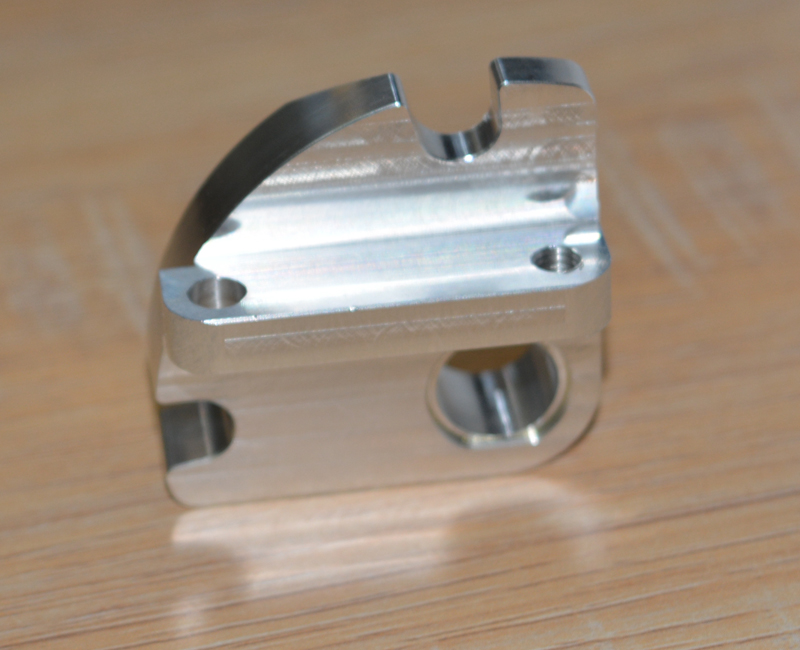What is CNC Milling?

CNC Milling is a nonabrasive manufacturing process that cuts using a geometrically defined edge. This means that the dimensions and angles of the cut are precisely defined and can be duplicated at will. A grinding stone is an example of a geometrically nondefined tool with a random arrangement of cutting surfaces. These are different for every grinding stone and cannot be readily duplicated.
A milling machine (or router) is used to mount and guide a rotating tool that has one or more cutting edges, depending on the type of work being done. The workpiece is fixed to the base of the machine (the machine table) and the tool is moved until its edge cuts into the workpiece and removes material from its surface. Depending on the type of machine in use, the tool and/or the workpiece can be shifted along and rotated around a variety of axes.
The simplest type of router is a 3-axis machine, which positions the workpiece along the X, Y, and Z spatial axes. Machines exist with up to 15 separate axes, and the more axes available, the more complex the resulting parts can be. A 3-axis machine can only remove material where it has unhindered access to the workpiece—i.e., on the top or side surfaces.
Many standard machines can be upgraded to add a fourth axis that gives you access to all sides and the bottom of the workpiece. Figure 1.3 shows an industrial milling machine with a rotating machine table that serves as the fourth axis. Rotating the workpiece enables the operator to remove material from places that are inaccessible using a 3-axis machine. Additional axes also enable the tool to engage with the workpiece at a variety of angles. For example, a combination of rotation and vertical movement can be used to mill threaded parts.
The more robust the material of the workpiece, the stronger the machine has to be and the smaller the amounts of material that can be removed during a cut. To remove material, the machine applies force to the workpiece, and an equivalent opposing force is created within the machine. This opposing force can potentially bend or twist the machine itself, which in turn moves the workpiece away from its intended position, causing deviations in the dimensions of the finished part. If these deviations (usually called deflections) are too large, the finished part may be unusable.
Engineering machining tolerances are often as little as ±0.01 mm, sometimes even less. This means that the machine itself has to be stiff enough to prevent flex or torsion-based effects that exceed ±0.01 mm. These tolerances also apply to the tool and the mechanisms used to clamp the workpiece. To ensure that these tolerances are not exceeded, you have to use either an extremely precisely constructed machine or work slowly to avoid producing excessive force. Machines that work fast using a lot of force use precision-made steel parts and are accordingly heavy and expensive. Most home users don’t have the facilities to accommodate such a machine and usually end up using a simpler gantry-style machine. Many hobbyists even build their own.